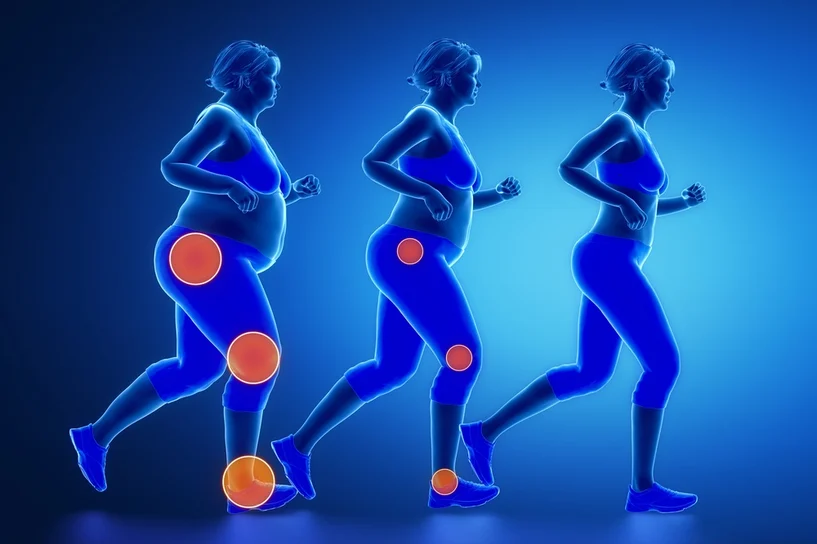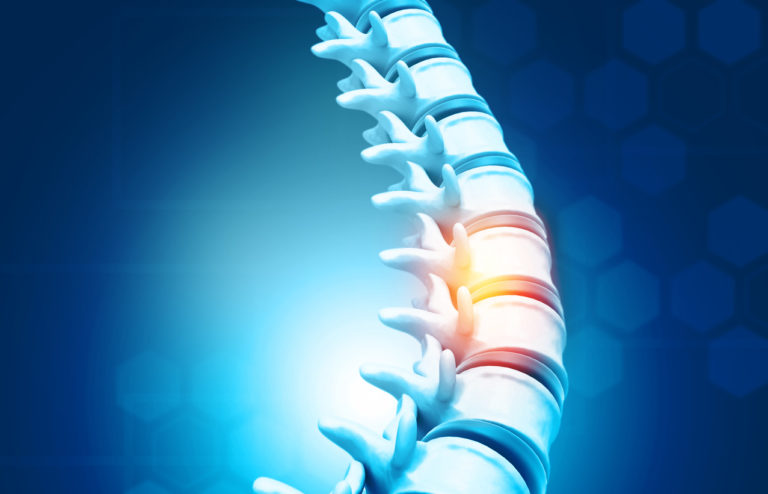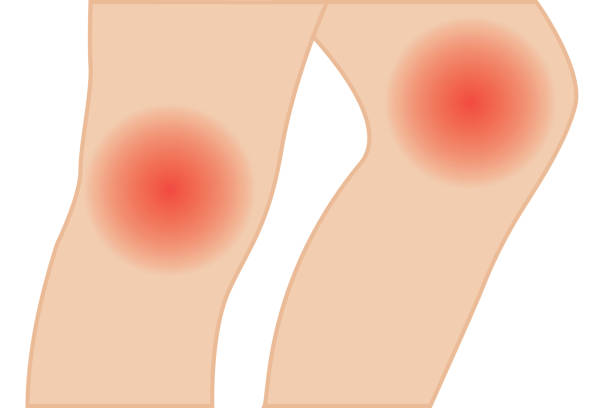



Yes. Over 400,000 people in the US undergo spinal fusion surgery annually.
This procedure aims to alleviate back pain, correct deformities, and prevent excessive movement of the vertebrae. Such movement could potentially lead to further damage. However, in 30% of cases, trying to join two bones together during surgery doesn’t work, causing severe back pain.
A bone growth stimulator helps bones heal faster or fix surgeries that didn’t work. Doctors prescribe this device. Bone growth stimulators have a clinical success rate of 92% in healing the spine completely after a surgery procedure.
Patients who use the bone growth stimulator for spinal fusion are twice more likely to have their bones fused successfully. These devices use electromagnetic energy to help bones heal naturally, which is crucial for the surgery to be successful. In addition to treating a failed fusion, bone growth stimulators reduce the chances of revision surgery.
About The Spinal Fusion Process
Spinal fusion is essentially a welding process to fuse two or more vertebrae using equipment and bone graft. The surgeon uses tools like devices, screws, rods, or plates for medical procedures. Spinal fusion stops bone movement, reducing back pain and restoring spine stability. During surgery, the surgeon places your own bone, a donor’s bone, or another substance near the implants to perform a bone graft.
Doctors use bone graft to stimulate the body’s natural ability to grow bones. The bone graft completes in 3 steps:
1. Inflammatory Stage: In this stage, the cells start forming new tissues.
2. Repairing Stage: In the next stage, small blood vessels begin to regrow.
3. Bone Remodeling Stage: In this stage, the bone structure becomes strong.
Once the surgery is complete, “osteogenesis — a process in which the human body starts forming bone tissues” begins. The spinal fusion forms an internal cast that enables the inflammatory process to enhance bone healing. Of course, the fusion does not occur overnight, rather it is a process that takes time. The bone growth process might take a few months or up to one year to unite the bone pieces into a solid construct.
Common Spinal Conditions Treated With Spinal Fusion
Following are some conditions that may require the surgery:
• Intervertebral disc disease
• Herniated disc
• Spinal Stenosis
• Adult degenerative scoliosis
• Fractures
• Spondylolisthesis – where one of the bones in your spine, called a vertebra, slips forward
Risk Of A Slow Or Failed Spinal Fusion
Some patients are always at risk of slow bone growth — spinal fusion taking longer than a normal period. A failed fusion also has the names of non-union or pseudoarthrosis. It occurs mostly in people who have diabetes, osteoporosis, obesity, or use tobacco.
Getting older, drinking alcohol, certain fractures, and certain medications can make it difficult for bones to heal correctly. Because of this risk, your surgeon might prescribe a bone growth stimulator to wear after the surgery.
How Does Bone Growth Stimulator For Spinal Fusion Work?
Bones, much like skin, are dynamic living tissues with a remarkable ability to regenerate and heal. When a bone breaks or becomes injured, the body initiates a smart healing process. Surprisingly, the bone itself plays a role in this natural healing, using its own electrical properties. A broken bone generates its own electrical field, which plays a crucial role in stimulating the bone-healing process.
In cases where the natural healing process is impaired, medical intervention becomes necessary. This is where electrical bone growth stimulators come into play.
These innovative devices mimic and enhance the body’s natural healing mechanisms. By emitting low-level electrical signals, these stimulators activate the bone regrowth process, a phenomenon known as osteogenesis. The electrical signals effectively jumpstart the bone cells, encouraging them to proliferate and form new, healthy bone tissue.
An important note that bone growth stimulators are not a one-size-fits-all solution. Doctors prescribe them with careful consideration, especially for individuals who have reached skeletal maturity.
Skeletal maturity signifies that each bones have fully developed. Cartilage cells stop growing in the growth plates, making them thinner and eventually turning into fully developed bones. In adults, bones fuse together, joining the end with the main part, in a process called spondylodesis or spinal fusion.
Bone growth stimulators help the healing process go faster when the body takes longer to recover from medical issues, fractures, or surgeries. By providing the necessary electrical stimulation, these devices accelerate the healing process, reducing recovery time and enhancing the overall outcome of the treatment.
Simply put, bone growth stimulators show how medical innovation and the body’s natural healing abilities work together. These devices use electrical signals to help people whose bones need an extra boost to heal and regain full strength and function.
Different Types Of Electrical Bone Growth Stimulators
Bone growth stimulators come in various types, and each one works in its own way. Some surgeons implant some types of bone growth stimulators (internal BGS), while others are worn outside the body (external BGS).
Invasive:
A type of invasive external bone growth stimulator (EBGS) is placed inside a muscle space, and an electrode is positioned in or around the specific surgical area. These devices are implanted during surgery and work for six to nine months before being taken out in another surgical procedure.
Non-Invasive
A non-invasive EBGS is worn outside the body. They generate and send weak electrical energy 360° around the surgery site. The electrical signals are invisible and cause discomfort in the body. They work effectively when used over bracing or clothing and have a high clinical success rate.
The latest bone growth stimulator is designed to help patients heal quickly while allowing them to perform their daily tasks easily. The clinal results of these devices show that more than 90% of the patients heal within six months of the surgery.
These are lightweight, battery-powered, and worn outside the body for a prescribed time period. Whatever activities you want to perform, you can do them while wearing electrical bone growth stimulators.
Are BNG Devices Covered By Insurance?
A bone growth stimulator is an expensive devices but thankfully, most BGS devices are covered by healthcare insurance. The coverage of BGS units depends on the insurance plans you have. If you have Medicare insurance, it will cover most of the associated price.
Note: A bone growth stimulator is not entirely free. Thus, it’s recommended to consult your insurance company to check how much the cost is covered.
How To Get A Bone Growth Stimulator For Spinal Fusion?
Daphco offers a top-notch and clinically approved bone growth stimulator for patients that undergone from a spinal fusion. This device supports them in achieving full recovery. If you’ve undergone spinal surgery, we also provide different spinal braces to patients to help them recover faster.
If you want to know more about our bone growth stimulator devices, contact us at 888-616-4156 or send an email to support@daphco.com.
Search Articles
Latest Articles
28th Feb, 24
23rd Feb, 24
20th Feb, 24
15th Feb, 24
13th Feb, 24



 888-616-4156
888-616-4156 



 28th Feb, 24
28th Feb, 24 


